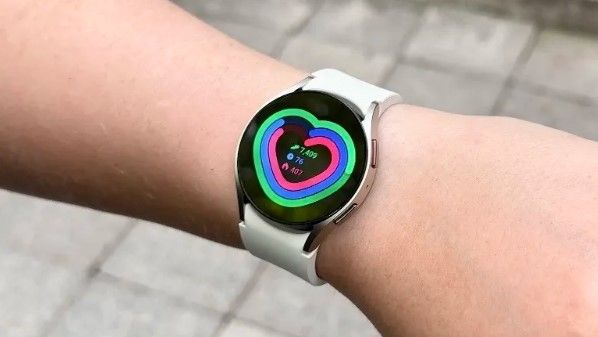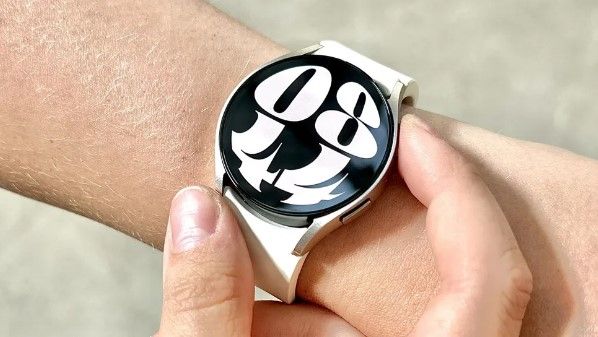
Anticipating the Arrival: Samsung Galaxy Watch 7 Set to Outshine its Predecessor
The eagerly awaited Samsung Galaxy Watch 7 is shaping up to be more than just a routine update. While the Galaxy Watch 6 remains a top choice for Android enthusiasts in 2024, Samsung is gearing up to surpass its own benchmarks.
We’ve closely monitored all the discussions surrounding the Galaxy Watch 7’s expected enhancements. Here’s how these enhancements could transform the entire product line and what it means for Galaxy Watch 6 users contemplating an upgrade.

One of the standout upgrades in the Galaxy Watch 7 is anticipated to be its improved energy efficiency. Our main concern with the previous model was its modest battery life—a sentiment echoed by many users.
While both the Galaxy Watch 5 and 6 offered up to 40 hours of battery life on a good day, it wasn’t groundbreaking (considering the original model lasted up to four days). We’re optimistic that the new Galaxy Watch 7 will include an advanced chipset, enhancing power management efficiency by up to 50% and boosting performance speed by 30%.

Although there’s no confirmation on larger batteries yet, it’s likely that the standard battery sizes will be maintained, approximately 425 mAh for larger models and 300 mAh for smaller ones. Nevertheless, we might see the introduction of a beefed-up Galaxy Watch 7 Pro model with a more substantial battery capacity.
The new model is also expected to incorporate cutting-edge health monitoring features, including a recently FDA-approved sleep apnea detection function. This feature should be available via the Samsung Health app in Q3, aligning perfectly with the Galaxy Watch 7’s release.
The Galaxy Watch 7 will diligently monitor various health metrics to evaluate the risk of obstructive sleep apnea (OSA)—a condition that significantly increases cardiovascular risks and is underdiagnosed in the U.S.

We anticipate three distinct versions of the Galaxy Watch 7, maintaining the classic model with its iconic rotating bezel and reintroducing a larger Pro version. Rumors also hint at a potential standard model featuring a new square design—a first in a long time for Samsung.
Furthermore, we’re excited about the possible debut of the Samsung Galaxy Ring alongside the Galaxy Watch 7. This device could integrate closely with other Galaxy gadgets, creating an ecosystem that enhances user convenience and health insights.

Emerging technologies like microLED could also make their way into these new models, offering better visibility in direct sunlight and improved energy efficiency compared to current OLED displays.
Ultimately, whether these upgrades are enough to warrant an upgrade from the Galaxy Watch 6 will depend on the individual user’s needs and preferences.




By Andrej Kovacevic
Updated on 14th July 2024